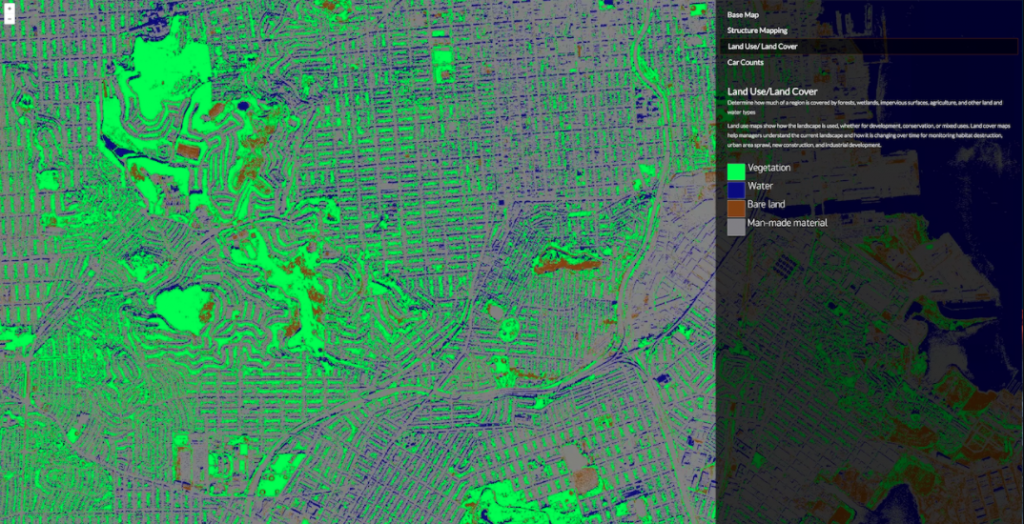
These bands provide additional data for the non-visible light spectrum – data that everyday photos lack. There is still much room for improvement in applying such algorithms with satellite imagery – especially given the unique characteristics of satellite imagery such as multi-spectral bands. The ImageNet Large Scale Visual Recognition Challenge (ILSVRC) has demonstrated how deep learning techniques improve speed and accuracy for identifying objects in photos over classical machine learning algorithms. One machine learning approach is the use of convolutional neural networks (CNNs) called “deep learning.” Deep learning utilizes accelerated algorithm training enabled by GPUs. In fact, much of the crowdsourced map data can also serve as training data for machine learning. Advancements in machine learning, specifically computer vision, show promise in utilizing automation to extract features from the massive amount of imagery collected every day. However, limitations of crowdsourcing to produce data include the need to first identify data gaps, assemble the crowd, scale data production, as well as ensure data consistency, speed, and accuracy. Without question, crowdsourcing has a significant impact in creating map data. In crowdsourcing campaigns, thousands, sometimes millions, of contributors lend their time and mapping skills. Human mappers can quickly learn to tag observable objects such as damaged infrastructure or draw vectors – points, lines, and polygons – to represent map features including roads and buildings. OpenStreetMap and platforms like Tomnod use crowdsourcing to help improve maps by enlisting volunteers.
SPACENET CHALLENGE UPDATE
In both situations, current map data was lacking which created the need to quickly update maps to inform those on the ground and decision makers. Uses for this data like security planning for major events or responding to natural disasters come to mind as I think about headlines from 2016 – the Rio Olympics and Hurricane Matthew. Having current and complete location data is especially important when a common understanding of place is needed. It’s impossible for humans to manually handle such massive amounts of data so our vision is to automatically extract map data from imagery one day as part of a standard processing step. If the average smartphone photo is about 3 megabytes, we take the data size equivalent of about 23.3 million smartphone photos each day. If that sounds like a lot of data, it is – about 70 terabytes worth.

At DigitalGlobe, we collect approximately 3 millions of square kilometers of imagery per day from our constellation of satellites. Online map data is lacking for many places such as in developing countries and rapidly growing urban areas. We rely on maps in our daily life but often take their currency and completeness for granted. It’s also worth exploring the resources page to learn more about the evaluation metric and check out the data visualizer. The competition officially starts on 11/14, but you can pre-register today. With $34,500 of prizes, the first challenge is to tackle the automated extraction of 2D building footprints from imagery.
SPACENET CHALLENGE SERIES
This is the first in a series of recurring open innovation competitions focused on developing next generation computer vision algorithms for automated mapping. To accelerate this initiative, we’re thrilled to announce The SpaceNet Challenge in collaboration with CosmiQ Works and NVIDIA, which is being facilitated by Topcoder.

We recently launched SpaceNet on AWS, an open corpus of training data established with the goal of enabling advancements in machine learning using satellite imagery. This discussion will help you better prepare for the upcoming challenge! If you plan on competing in The SpaceNet Challenge join us on Youtube Live on 11/10 at 9 AM eastern for an expert discussion hosted by Topcoder and team members from SpaceNet. * This article first appeared on DigitalGlobe and was written by Todd Bacastow.


 0 kommentar(er)
0 kommentar(er)
